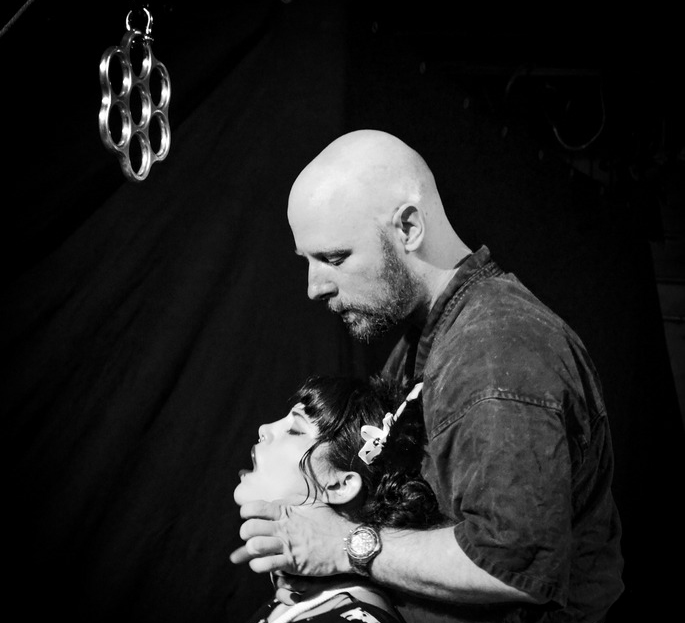It’s more than a pair of dirty socks
Photo courtesy of Frank Dunter
The idea that a fetish can exceed the tiny bounds of socks and feet is exciting for some, but alien to most. A 2007 study of online discussion groups published in the Journal of Sexual Medicine found that feet were mentioned at an overwhelming 47 per cent frequency rate, followed by bodily fluids that represented only nine per cent of mentions. But there are many different kinds of fetishes.
“It could be an action or something that you see, a visual that would incite sexual arousal without necessarily having anything to do with sexuality,” said second-year biopharmaceutical science student Samantha Rohe. “It’s something non-sexual that incites a sexual response.”
Rohe’s fetishes include sissification when on top, forniphilia when on the bottom, and occasionally the orientation of serfhood in a master-slave relationship.
Perhaps the biggest misconception, or rather wrongful association that people make about fetishes, is that they must pertain to or interact directly with a person’s sexuality. But fetishes don’t play a role in defining a person’s sexuality, sexual orientation, or gender identity.
“Hair turns me on. But it’s not a problem. I don’t need hair to get turned on,” said Frank Dunter, a fetish artist and connoisseur in the Montreal community. “For a fetish in the kinky sense, it’s really just something that adds spice to your sex life.”
Fetishes play an additive role, meaning they’ll accentuate your already defined sexuality in the form of preferences.
Trichophilia, the technical word for a hair fetish, is the fourth item on the fetish list, coming in with a seven per cent frequency. It’s among many of Dunter’s fetishes, which include rope, suspension, domination, and less frequently, latex.
“The difficulty with understanding fetishes is that people often can’t see why it would arouse,” said Rohe. “Some people are more tolerant than others, but oftentimes people just find them disgusting.”
Fetishes take on traits that can scare and disgust people, making many fetishes seem like a perversion of an individual’s sexuality. But as a preference, one that merely plays into and accentuates an already healthy sexuality, fetishes are no different than a favourite meal or activity.
Dunter says that, in more than 20 years being involved in the fetish and kink community, the worst reaction he’s gotten was from a feminist at one of his art exhibits.
“She understood the woman being bound as a form of oppression, as portraying male domination of women,” he said. “A woman would never, in the kink community, do something without consent, prior knowledge, and trust.”
“Relationships in the fetish community tend to be a lot more based on trust than anything else,” said Rohe. “I find it easier to trust someone in the kink community than the vanilla community. In the kink community, the consequences that come with lying to someone are a lot more severe and could lead to permanent damage. There’s just less incentive to lie.”
Ottawa’s kink community, like most, is very open to receiving new members. According to Rohe, to strengthen the community it’s necessary to ask a lot of questions.
“I really wish we could start a (kink) club on campus,” said Rohe. “I’m not really sure why, but I have a vague feeling that because we’re in the capital city, kink might not be condoned.”



